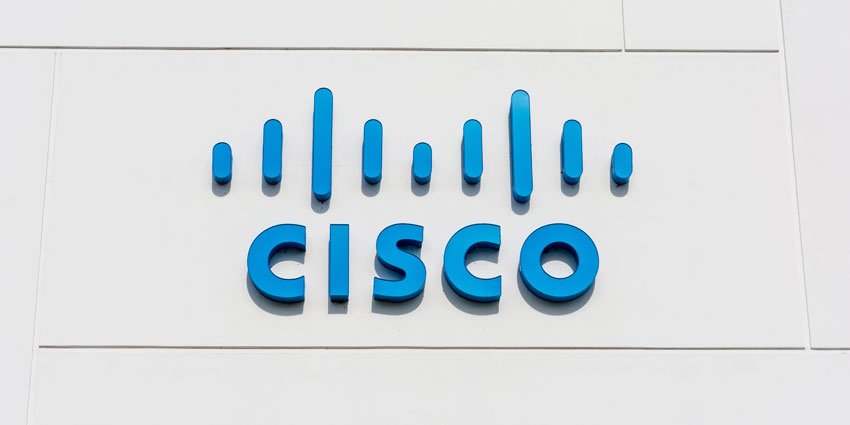Remember that adaptability isn’t just about reacting — it’s about proactively anticipating shifts and seamlessly adjusting tactics to ensure optimal customer satisfaction and operational efficiency. It’s the art of staying agile amidst a whirlwind of customer inquiries, ensuring each interaction is personalized and precise.
Types of Adaptability in Contact Centers
In a typical contact center, adaptability manifests in various forms, each crucial for seamless customer interactions:
- Adapting to different personalities: Effective communication hinges on understanding and accommodating diverse personalities. Agents adept in this skill tailor their approach, tone, and language to resonate with each customer, fostering rapport and easing the resolution process.
- Adapting to varying levels of issue severity: Not all customer concerns are created equal. Agents must discern the gravity of each issue swiftly, allocating resources and attention accordingly. Whether it’s a minor query or a critical problem, adaptability ensures timely and appropriate responses, enhancing customer satisfaction and loyalty.
- Adapting to high-value customers: Recognizing the significance of high-value customers, agents tailor interactions to meet their unique needs and preferences. These customers often expect expedited service and personalized attention, demanding agents who can adapt swiftly to deliver exceptional experiences and nurture long-term relationships.
- Adapting to cultural differences: In an increasingly globalized world, cultural sensitivity is paramount. Agents skilled in adapting to cultural differences will be able to navigate language barriers, societal norms, and communication styles with ease, ensuring inclusivity and respect in every interaction.
Why Adaptability is a Crucial Skill for Contact Center Agents
Here are the seven pivotal advantages of mastering adaptability:
- Enhanced customer satisfaction: By seamlessly adjusting strategies to cater to individual customer needs, adaptability ensures that each interaction resonates deeply with the customer, fostering satisfaction and loyalty.
- Improved first-contact resolution: The ability to swiftly adapt to varying levels of issue severity facilitates efficient problem-solving, leading to higher rates of first-contact resolution and reduced customer effort.
- Increased loyalty: Personalized interactions – enabled by adaptability – forge strong emotional connections with customers, driving repeat business and brand advocacy.
- Heightened agent performance: Adaptive agents demonstrate greater agility in navigating complex scenarios. This results in improved performance metrics such as average handling time.
- Mitigated escalations: By proactively addressing concerns and tailoring solutions, agents preemptively resolve issues before they escalate, preserving your brand reputation.
- Streamlined team collaboration: A culture of adaptability fosters collaboration among agents. It empowers them to share insights and best practices to optimize customer experiences collectively.
- More efficient operations: Adaptability smoothens processes and responses. This, ultimately, minimizes resource waste and maximizes your operational efficiency.
How to Be More Agile and Adaptable in Your Conversations
Contact centers can implement five strategies that are proven to increase agent adaptability:
- Active listening and empathetic engagement
Encourage agents to listen actively, not just to the words spoken, but also to the underlying emotions and concerns. By empathizing with customers’ situations, agents can adapt and respond with genuine understanding and compassion.
- Continuous learning and skill enhancement
Equip agents with ongoing training and development opportunities to stay updated on product knowledge, industry trends, and effective communication techniques. Continuous learning cultivates a growth mindset which lets them adapt swiftly to evolving customer needs and expectations.
- Flexibility in communication channels
Embrace a multi-channel approach to communication that allows customers to engage via their preferred channels — be it phone, email, chat, or social media. Agents should be proficient in seamlessly transitioning between channels, ensuring consistent experiences regardless of the platform.
- Problem-solving orientation
Encourage agents to approach customer interactions with a problem-solving mindset, focusing on addressing root causes rather than merely resolving immediate issues. By proactively identifying and resolving potential pain points, agents demonstrate foresight and initiative, which makes it much easier to adapt rather than react.
- Feedback integration and continuous improvement
Create a culture of feedback and reflection, where agents feel encouraged to seek inputs from peers, supervisors, and customers. By incorporating feedback into their practice, agents can identify areas for improvement and refine their adaptive communication skills.
- Cultivating emotional intelligence
Encourage agents to develop emotional intelligence, which will allow them to regulate their own emotions. By recognizing and managing emotions — both their own and those of the customer —agents can adapt to even the most challenging interactions with composure.
Measuring Adaptability
Adaptability is the difference between merely meeting expectations and exceeding them — between transactional interactions and transformative experiences. However, you need to measure your agents’ adaptability skills and whether it’s resulting in the desired outcomes.
This can be achieved through a comprehensive analysis of customer feedback along with key performance metrics such as customer satisfaction (CSAT) and net promoter score (NPS). These metrics provide valuable insights into customers’ perception of the agent’s ability to adapt to their needs and preferences.
Additionally, monitoring metrics like first-contact resolution (FCR) and AHT can gauge the efficiency and effectiveness of agents – when adapting to varying customer scenarios.
Did you find this article useful? Follow us on social media for more such insights.







